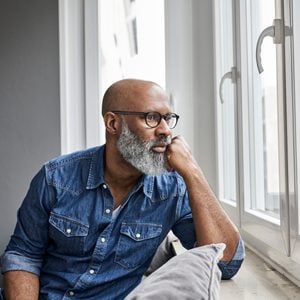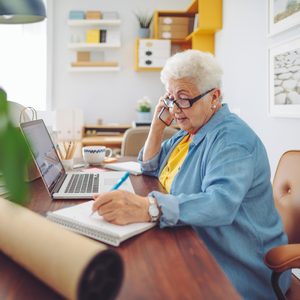Here’s What to Expect at Reopened Dentist Offices
Updated: Jun. 02, 2022
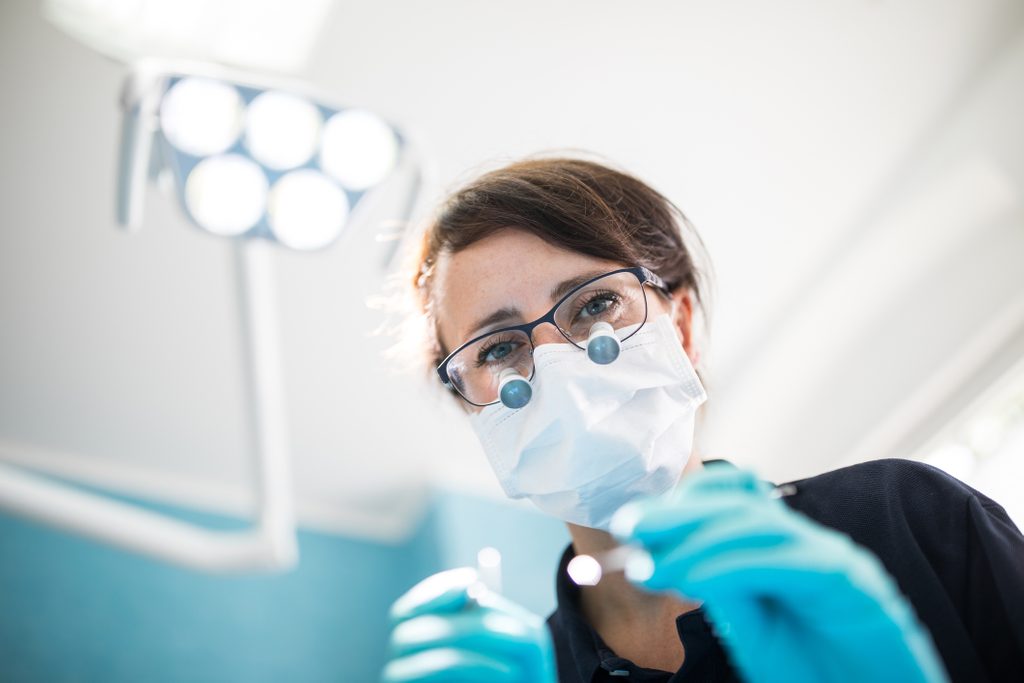
Have a dentist appointment coming up? You’ll likely encounter these post-pandemic changes during your visit.
Chances are, you either had to postpone a dentist visit due to the pandemic or put off making an appointment. Like most industries, the dental industry was impacted by coronavirus, and practices had to shut their doors for several weeks to months to ensure the safety of their staff and patients. While many offices are reopening now, don’t expect them to run the way they did pre-pandemic. The normally warm and welcoming environment of the dental office has transitioned into a more sterile one, explains Kyle Bogan, DDS, a dentist at North Orange Family Dentistry in Delaware, Ohio. “Small talk and getting to know our patients is more challenging as we balance personal relationships with the physical barriers of our increased PPE (personal protection equipment),” he says. And that’s just the beginning of the changes you’ll notice. Here’s what dentists say you can expect at your next appointment.
You’ll get a pre-appointment screening
Ahead of your visit, someone from your dentist’s office will likely call you to do a COVID-19 screening. “At a minimum, you will be asked whether you have tested positive for COVID-19, have had any related symptoms, or have been exposed to someone who has had symptoms or has tested positive,” says Alison Newgard, DDS, ColumbiaDoctors is in Midtown Manhattan, New York. “You will also be asked if you have any medical conditions that make you higher risk, such as lung disease, heart disease, diabetes, or immunosuppression.”
While visiting the dentist during a pandemic may be slightly nerve-wracking, keep in mind that this is what can happen when you skip appointments and ignore a cavity.
The reception area might be less inviting
Common amenities usually found in reception, such as shared electronics (i.e., game stations or iPads), beverage centers, magazines, and kids toys will likely be gone from offices for the foreseeable future. That’s because removing all high-touch areas of the practice helps prevent the spread of COVID-19. “We had a wonderful coffee station, which contributed to the welcoming atmosphere in our reception area,” says Dr. Bogan. “Unfortunately, all of these amenities represented items or activities that were high risk for virus transmission, so we shut them down as a precaution to keep everyone safe.” Similarly, free coffee and communal spots will also be among the things you won’t see in hotels anymore.
You may have to use your vehicle as a waiting room
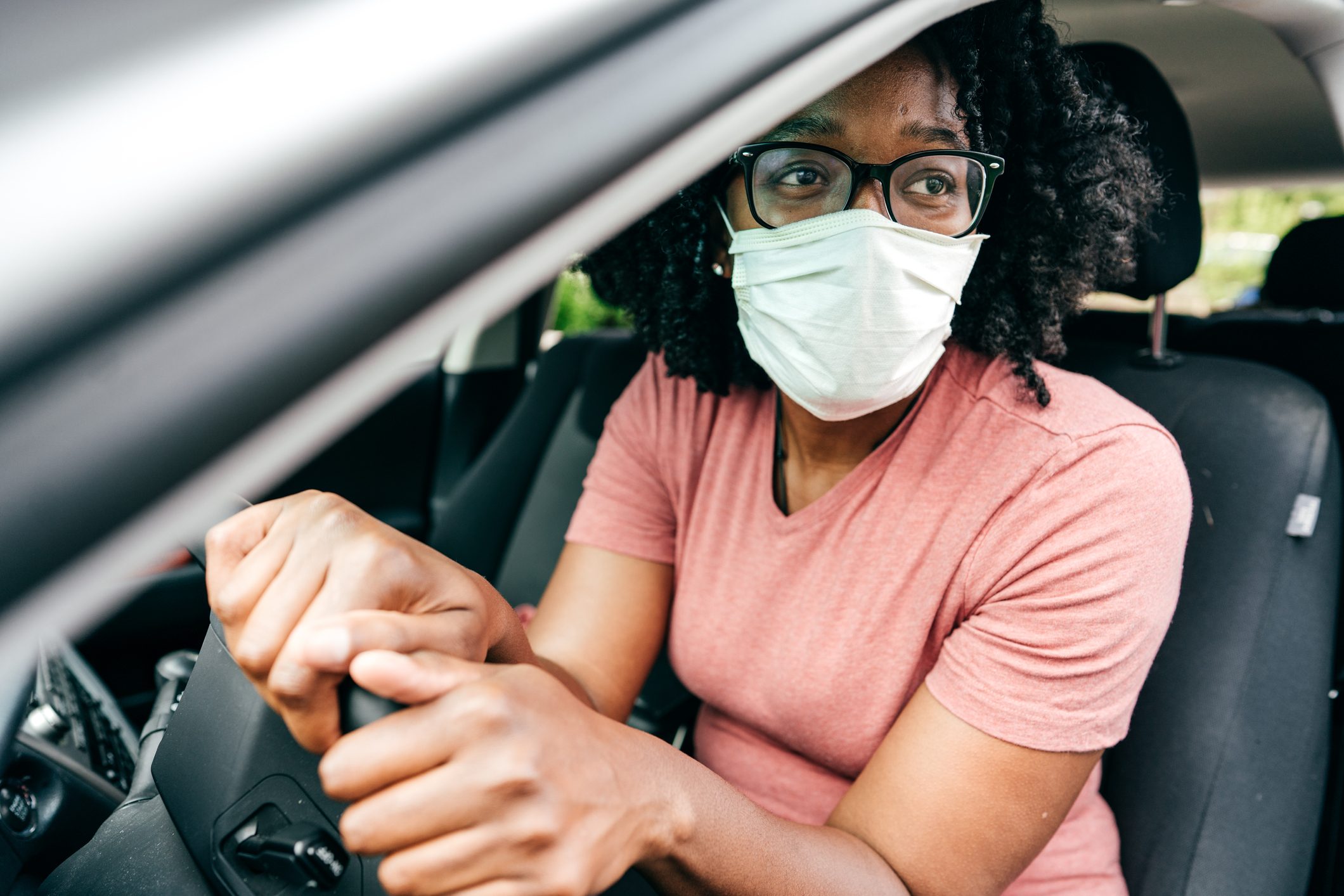
The reception area at your dentist’s office can be fairly busy. “Prior to COVID-19, this allowed for a communal area where patients could feel at home, but in our post-COVID world, it represented a crowded area where social distancing was a challenge,” says Dr. Bogan. “Our solution to that was to invite patients to use their vehicle as their personal waiting room.” The only exception, he explains, is for individuals who need to interact with the front desk prior to their appointment. “For these individuals, we left a few socially distanced chairs and spots on the floor to indicate where people can be while inside our building,” he says. “The traffic into and out of the building is controlled via the telephone to minimize each patient’s interaction with other patients.”
Your temperature will be checked upon arrival
Per CDC recommendations, you will likely have your temperature checked before you are welcomed inside for your appointment. At this time, you may also be asked more COVID-19 screening questions. “Even adults who are accompanying child patients are having their temperatures taken,” says Dr. Bogan. “All of these steps are to protect all of our patients as well as our staff.”
You’ll fill out all forms electronically
You know all those forms that you used to fill out in the office on a clipboard with a pen? You’re now probably going to be filling them out electronically, via your own smartphone. “While our office was already paperless prior to COVID-19, it involved patients sitting in our lobby using our iPad,” Dr. Bogan shares. “We have utilized technology through our website in order to allow our patents to pull up the paperwork on their mobile devices so that there is no risk of virus transmission on a shared electronic device.”
The dental team will look different
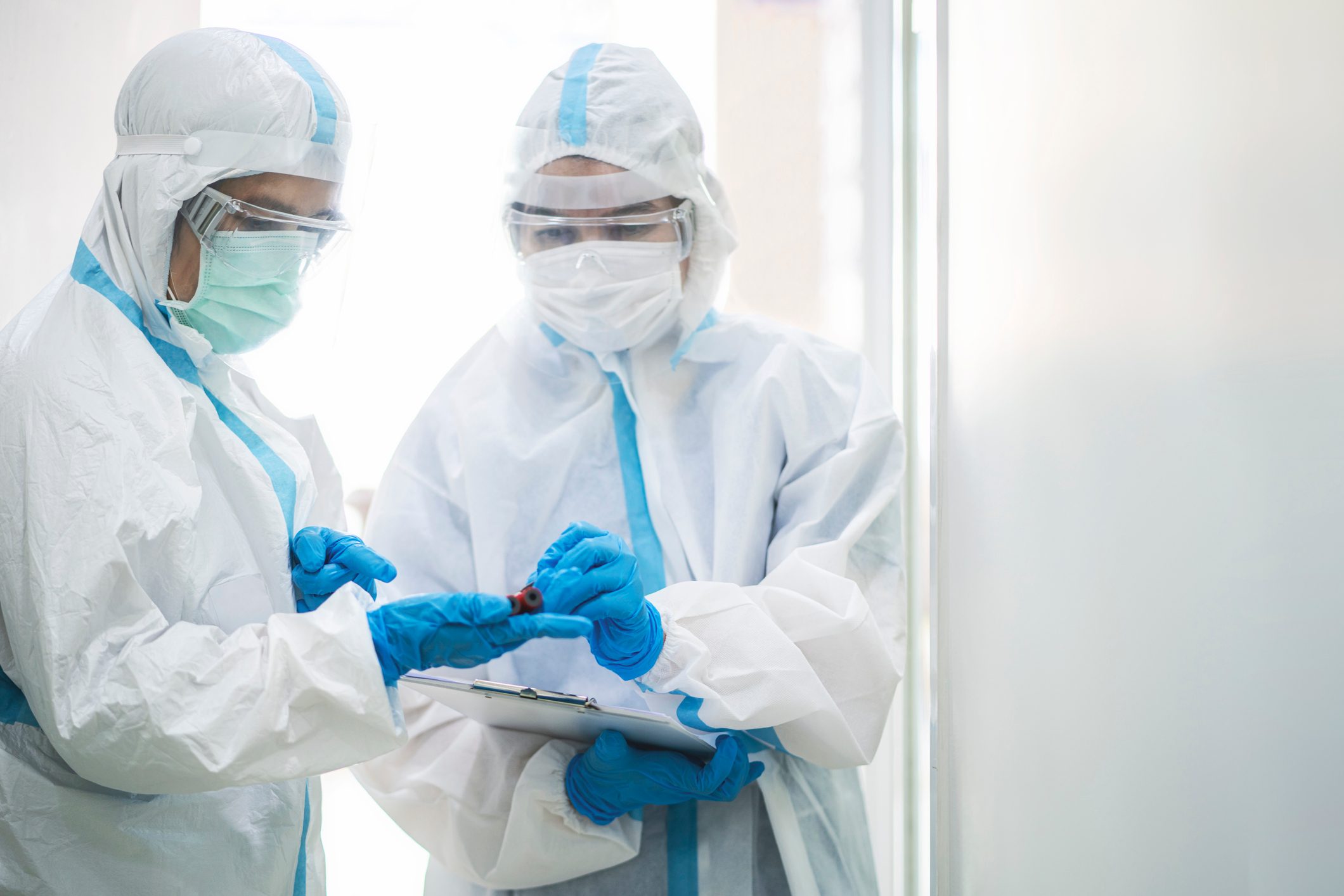
Chances are, you won’t get to see the smiling face of your dentist or your hygienist at any point during your visit. In fact, it’s quite likely that they will be decked out in head coverings, gowns, face shields, and masks. “Even though dental providers have always worn PPE that covers our face, we would normally be able to enter the room and talk with the patient before donning our PPE,” says Dr. Bogan. “In order to ensure the protection of our teams, however, we are now wearing more PPE than we normally would.” While this can be intimidating for patients, it goes a long way to ensure their safety, as well as the safety of the staff.
There might be extra equipment in the office
Some practices, like Dr. Bogan’s, will go above and beyond the safety recommendations made by the CDC to protect their patients and their team. That’s particularly reassuring in a profession where open mouths and close patient-provider contact are required to get the job done. “While dentistry has always involved the creation of aerosols, we have also been outstanding as a profession at infection control,” Dr. Bogan says. “The COVID-19 crisis has brought a lot of attention to dental aerosols, so we have implemented additional intra-oral suction devices and HEPA air filtration to ensure the safety of our clinical areas by decreasing the amount of aerosol in the air.”
Can a store-bought air purifier kill coronavirus germs in your own home?
Many of the infection-control protocols will remain unchanged
Obviously with a pandemic, dental offices are implementing additional protocols, but the actual sterilization of the instruments and facilities is relatively the same, according to Dr. Bogan. “It is also important to note that the CDC has guidelines, as well OSHA and state and local health departments,” he says. “Because we keep learning more, these guidelines are very fluid, but each office should follow its own state and local guidelines.”
For more on this developing situation, see our comprehensive Coronavirus Guide.

